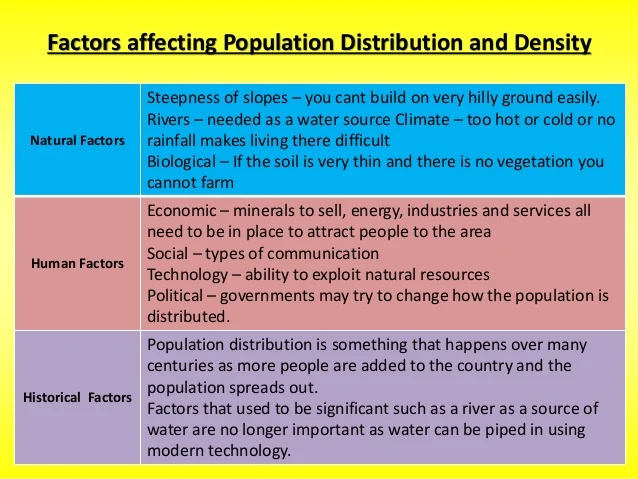Demography studies the change in population.

Populations can change hourly, daily, seasonally and/or annually. Factors such as birth-rate, death-rate, immigration (movement of group(s) into a population), emigration (movement of group(s) out of a population) affect a populations dynamics.

Life tables are used to summarize and understand a population. Age-specific mortality and age-specific survivor-ship and methods used to mortality rate; which can determine the possible population growth. Example shown Below:

The survivor-ship curve shows the survival rate of a species over that species lifetime. Example:

Fecundity is the potential for a species to produce offspring. The change in fecundity depends on the change in population factors. It is found that fecundity is highly dependent on environmental conditions. The sex ratio of a population also affects the population growth. There is an inverse relationship between parental care and fecundity; when parental care is lower the fecundity is higher.

Population change can be mathematically calculated as such: POPULATION CHANGE = (birth + immigration) – (death + emigration)
No comments:
Post a Comment